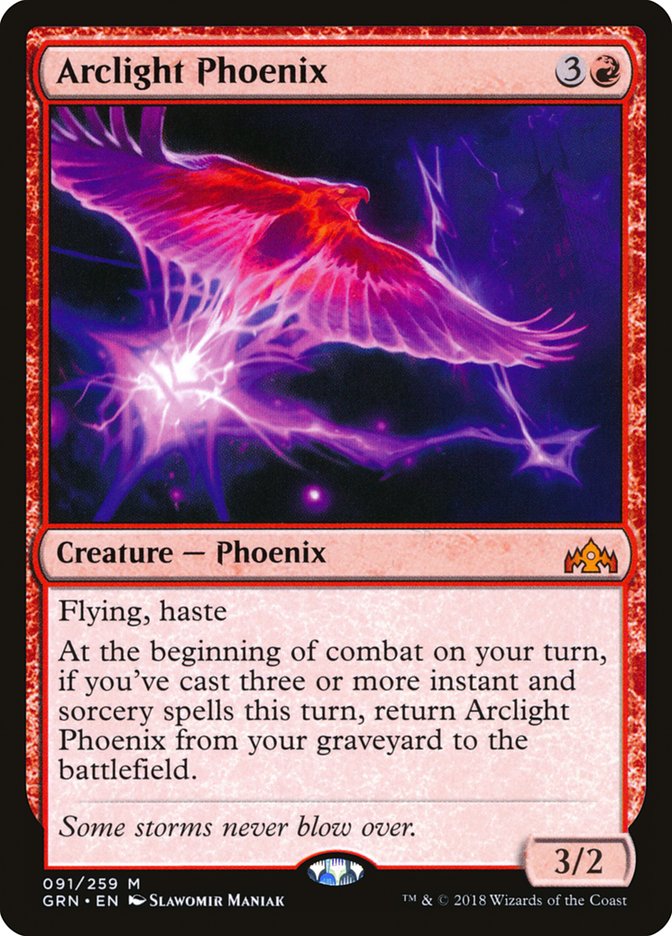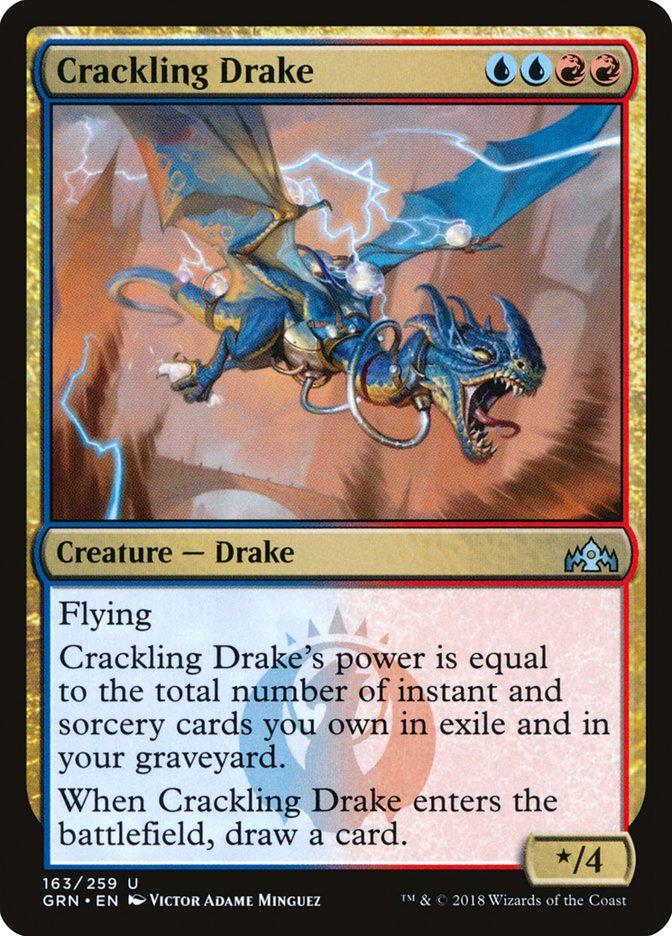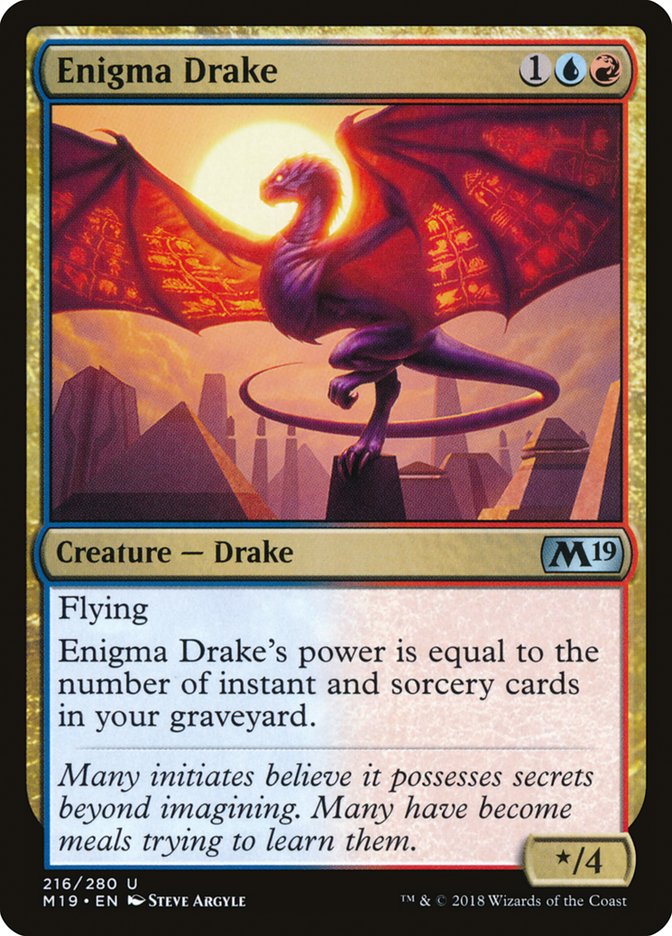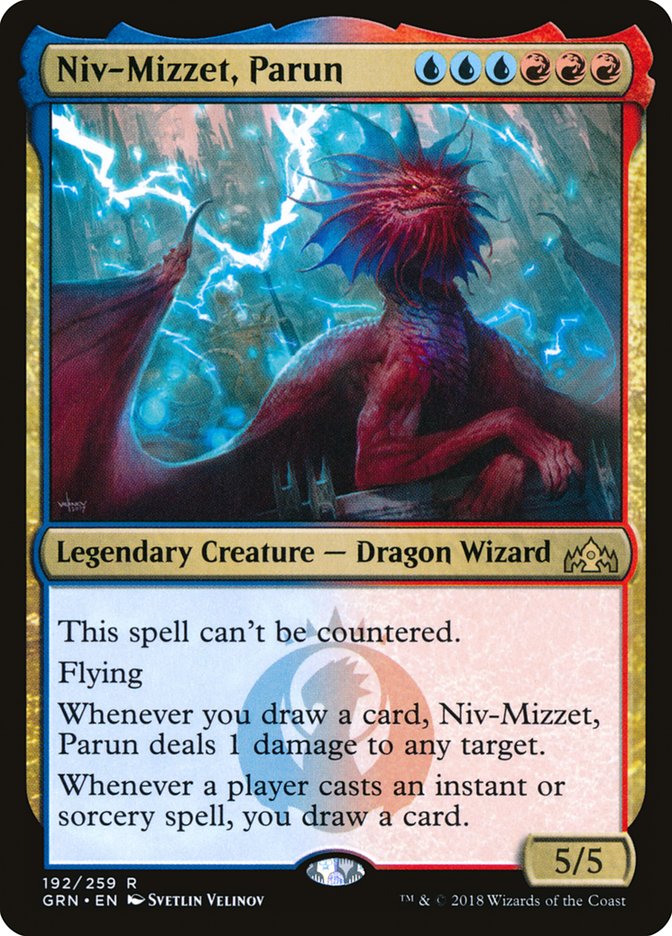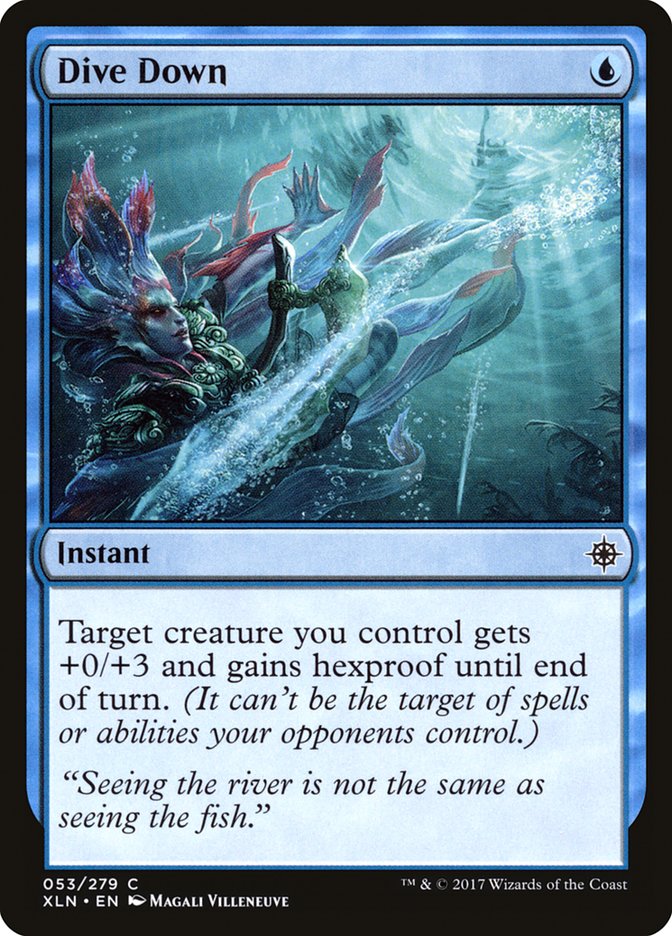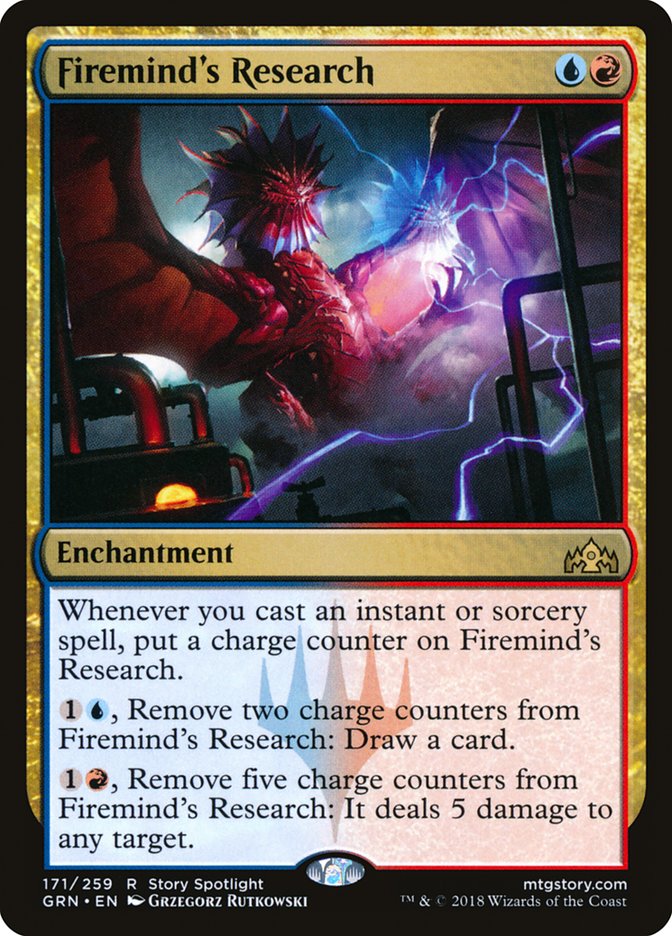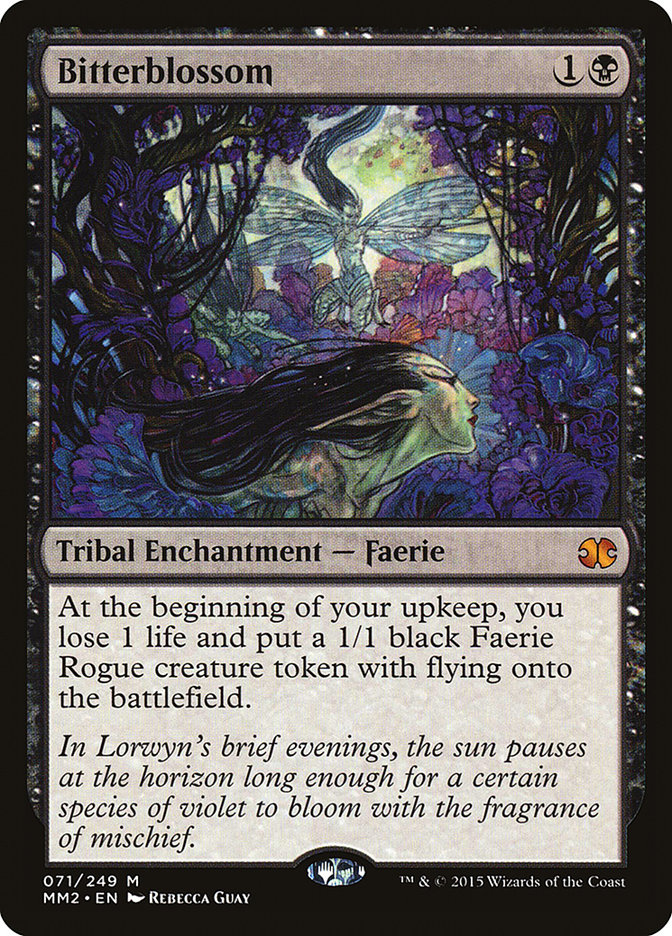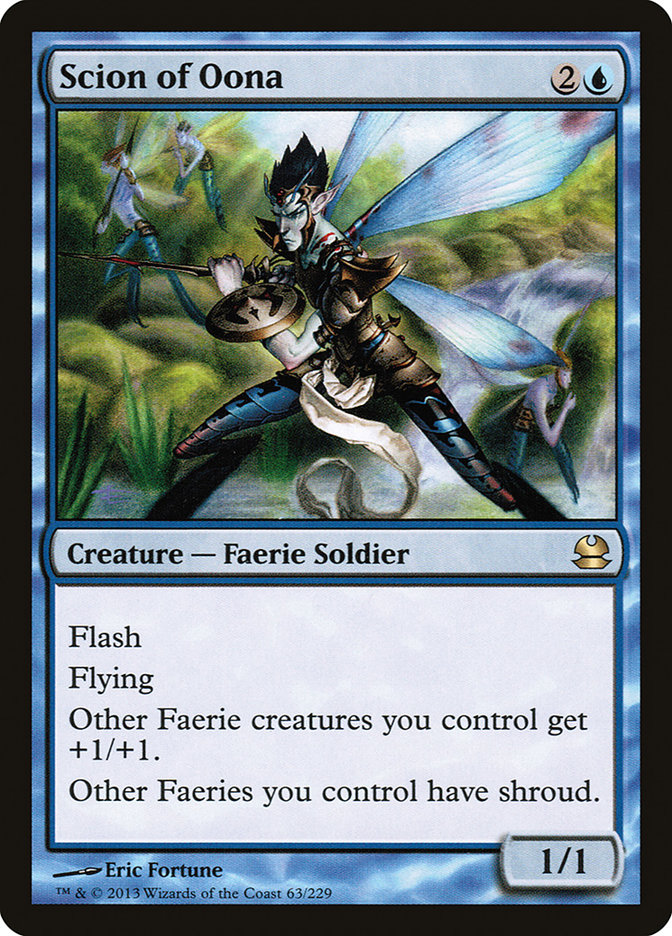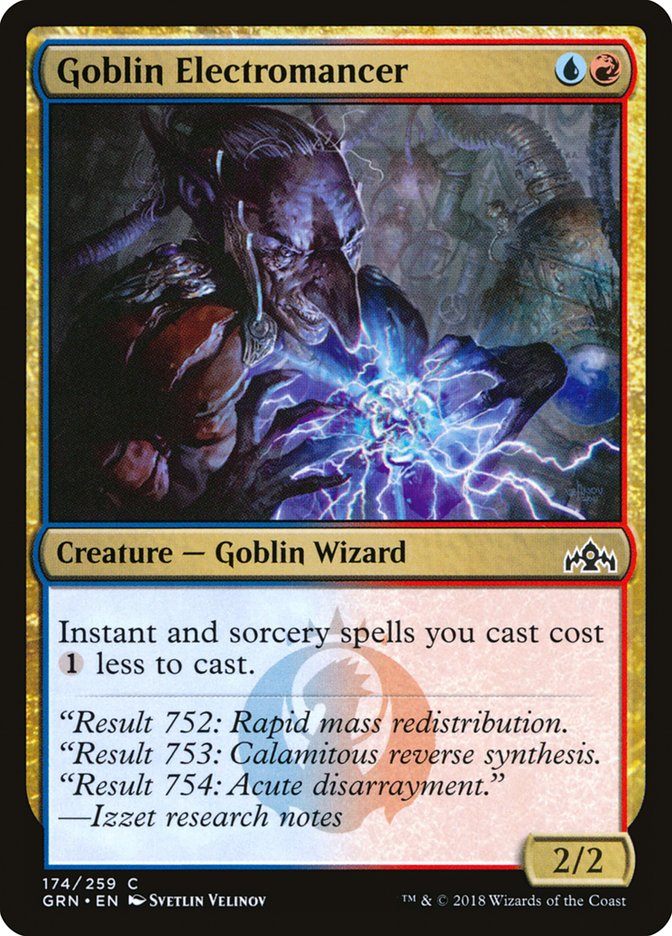When was the last time the early weeks of a Standard format were this
surprising? Leading into Grand Prix New Jersey about two weeks ago, public
opinion seemed to firmly suggest that there was Golgari, and then, a tier
below, everything else. Fast forward to today, and we’ve had a Grand Prix
Top 8 devoid of Golgari and a Standard MOCS Open where only three of the
top 32 decks were Golgari, and none of those three decks managed better
than a 6-2 record. What could have possibly happened to change the
landscape of Standard so quickly and drastically?
Alright, to be fair, Tocatli Honor Guard also deserves a tremendous amount
of credit for holding down the Golgari, but the bird has definitely been
the word over the past two weeks. Arclight Phoenix went from near bulk to
almost $30 mythic overnight. In about two days, Izzet Phoenix went from
being a meme that players were trying out as an afterthought, to becoming
the focal point and weapon of choice for some of the best players in the
game.
There’s a lot of information that a Standard player must parse and
understand in order to play either with or against Izzet Phoenix, including
a tremendous amount of variance in card choices among lists. I’ve also seen
a lot of people having difficulty in understanding their role when playing
either with or against the deck (
“Who’s the Beatdown?” indeed
). When a deck rises to prominence this quickly, there is always going to
be some amount of misunderstanding surrounding its capabilities and place
in the metagame. Luckily, I was fortunate enough to get in on the
development of this deck on the ground floor, and plan to spend my time
today guiding you to a better understanding of exactly what this powerful
new tier-one option is capable of.
The first, and maybe most critical thing to understand is that when most
people talk about “Izzet Phoenix” they are actually talking about at least
two distinct decks.
Eight Drake
Creatures (12)
Lands (21)
Spells (27)

Eduardo’s deck is representative of what I hereby dub the “Eight Drake”
style of Izzet Phoenix. Unsurprisingly, the defining features of the deck
are the four Crackling Drake and four Enigma Drakes. The majority of Eight
Drake lists also eschew Goblin Electromancer.
This deck is basically a combo deck, with extremely light control elements
in sideboard games. While Arclight Phoenix may have earned the namesake
slot, it’s more of a value card here, and just another wrinkle for
opponents to answer while the deck seeks to advance its primary plan: one
or two-shotting an opponent with a tremendous and sometimes hasty Drake.
Look how few of Eduardo’s cards do anything. There are twelve creatures,
six removal spells, two combo enablers, and nineteen cantrips. This is what
Legacy and Modern decks are supposed to look like-not Standard decks!
The pieces here congeal into a package that gets to execute its gameplan on
an incredibly regular and consistent basis. Shockingly though, despite
looking like more of an all-in combo deck, the best draws of Eight Drake
are a bit slower than those of the Goblin Electromancer-based version. This
is due to Eight Drake’s inability to set up multiple recursive Arclight
Phoenixes on turn 3. In exchange, Eight Drake gets the ability to
consistently kill its opponents from zero battlefield presence and gets to
threaten lethal at any moment from about turn 6 onward.
Playing against this deck is an exercise in awareness. You should always be
contemplating the upper limits of your opponent’s damage potential on a
given turn and using this to inform your own plays. Obviously, this assumes
your deck possesses some method of instant speed removal, which decks have
been slow in adopting. I don’t expect this to hold true at the Pro Tour,
and Eduardo’s sideboard Dive Down’s will be even more important.
Speaking of Eduardo’s sideboard, we see he can transition to the powerful
plan of playing a Niv-Mizzet, Parun with Dive Down protection. There are
not many slower decks in the format capable of beating this setup, and I’m
not sure that’s going to change. Niv-Mizzet will absolutely obliterate a
player who attempts to play too defensively.
Firemind’s Research is capable of similarly punishing control opponents but
has the bonus of functioning as an additional out to Niv-Mizzet and
oversized Drakes in the mirror and against Jeskai. I like Firemind’s
Research in theory, but in my own games, I’ve found it to be a bit
underwhelming, all too often sitting on the battlefield a counter short in
a critical spot. I’ve instead looked to Search for Azcanta as my engine
card, hoping it can provide me with the mana boost to win a race to
Niv-Mizzet while generating some additional value and card selection. I’m
still not positive which approach is better in the context of Eight Drake.
The sideboard is rounded out by some additional removal, sweepers, and
countermagic, allowing the deck to slow down an opponent that could
otherwise outpace or answer giant Drakes.
Electromancer Izzet
Creatures (12)
Lands (21)
Spells (27)

This build has a nearly identical maindeck to the build that Josh Cho,
Gerry Thompson and I collaborated on and played for Grand Prix New Jersey.
This version of the deck takes a much more well-rounded approach to games,
with more interaction and a more powerful suite of card selection. The
tradeoff? Less consistency and an inability to put together as many
one-turn KOs. That’s not to say this deck is incapable of doing some
explosive stuff. As mentioned above, a Goblin Electromancer that starts
turn 3 on the battlefield might just deposit two or three Arclight
Phoenixes in the graveyard and ostensibly end the game on the spot.
This play pattern is certainly the exception to the rule, and what’s more
likely is that you will seek to use Arclight Phoenix as a value engine that
allows you to shift roles depending on what a given game calls for. If I
were attempting to classify the role of this version of Izzet Phoenix, I
would say it’s entirely fluid. In fact, the closest analog in playstyle to
this deck might just be Lorywn-era Faeries.
For those of you unfamiliar with the deck, Faeries prided itself on
switching roles throughout the course of a game, often at a moment’s
notice, based entirely on what the situation called for. While Faeries
would occasionally go Bitterblossom into running Scion of Oonas and
obliterate an opponent, more often it would have to carefully manage the
early game, slowly working to a position where its flying threats could
close the game out in just a couple turns.
In much the same way, Electromancer-based Izzet Phoenix decks are more than
happy to stall early games, recoup some value from their graveyard, and
make a flying army that looks to end the game in just a couple swings. I
often remarked that in several matchups, my Phoenixes were every bit as
likely to block or dissuade an attack as they were to make an attack of
their own.
People often classified games played against Faeries into two
categories-games in which they stuck a Bitterblossom on turn 2, and games
in which they did not. Izzet Phoenix has its own Bitterblossom analog in
Goblin Electromancer. It’s trivial to sculpt a perfect hand if Goblin
Electromancer sticks on the battlefield.
We see a similar sideboard composition to Eduardo’s deck in this list, but
this version of the deck can transition to something much closer to an
actual Izzet Control deck in sideboard games due to a more balanced
maindeck. In fact, I think superior sideboard configurations are the main
draw to this style of Izzet Phoenix. Again, I’d note that Search for
Azcanta seems to do a better job facilitating this gameplan than something
like Firemind’s Research. Your long control games begin to look very real
at that point, as you also get to leverage the card advantage and
win-condition of Ral, Izzet Viceroy. When you’re moving to quasi-control
builds like this, I believe it’s often correct to sideboard out Arclight
Phoenixes. This seems obvious to me, but I was shocked to hear some people
suggest they were never cutting Arclight Phoenix. Everything is contextual,
but in general, anytime I hear the word “never” in relation to Magic I am
skeptical.
While I would identify these as the two primary builds of Izzet Drakes,
they certainly aren’t the only ones. What if we just mash the two builds
together?
Creatures (12)
Lands (20)
Spells (28)

Honestly, this deck looks pretty good to me. It’s rare that you can just
mash two strategies and end up with the best of both worlds, but Pascal
Maynard might be on to something here. While Goblin Electromancer is
absurd, it’s not at its best in multiples, and maybe this deck is capable
of leveraging all the aforementioned gameplans in equal measure. I love
Pascal’s attempt to bring Sarkhan, Fireblood into the mix, and I agree that
the Niv-Mizzet, Parun arms race is a very real focal point of sideboard
mirrors. Entrancing Melody is another sick piece of sideboard tech I
haven’t really seen much of. Blue and Red have very few answers to an
Adanto Vanguard, and we had considered cards as silly as Wall of Mist and
Electrostatic Field to blunt the threat. Entrancing Melody is an actual
legitimate Magic card. Point to Pascal on this one.
Also over in the MOCS, CONVO told his Drakes
Just Hold On, We’re Going Home
Creatures (10)
Lands (22)
Spells (28)
- 4 Shock
- 4 Opt
- 1 Lightning Strike
- 2 Search for Azcanta
- 4 Chart a Course
- 1 Blink of an Eye
- 4 Radical Idea
- 2 Ionize
- 2 Lava Coil
- 3 Mission Briefing
- 1 Beacon Bolt
Sideboard

I feel like this is One Dance I want
to sit out. God’s Plan seems
to have me leaning on my Drakes in most games. To me, Sacrifices like
this are just Too Much. If this
does Come Thru as
the best version of the deck though, CONVO is going to get to say ”
that one was All Me
.”
So, with all these options presented, where would I be going into this
week?
Creatures (12)
Lands (22)
Spells (26)

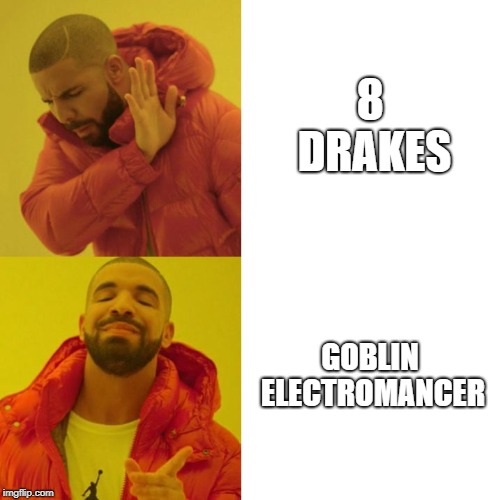
I’m still a fan of Electromancer-based builds, but really like Enigma
Drake’s ability to provide early pressure in some matchups and act as a
brick wall in others, hence its home in my sideboard. Our Grand Prix New
Jersey list felt very close to optimal, but I’ve realized that a split
between Discovery and Tormenting Voice allows far better mana usage on big
Electromancer turns. A maindeck Dive Down is incredible right now and will
steal games left and right.
While my usual caveats regarding sideboarding apply, here’s a look at
roughly how I’ve been sideboarding against a few macro archetypes. Adjust
as appropriate.
VS Control
Out:




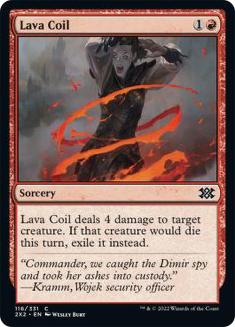


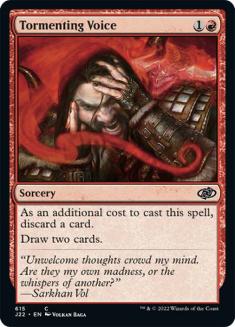


In:
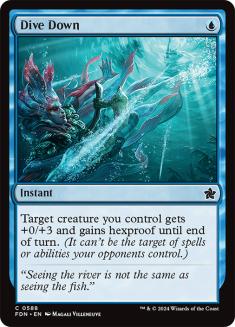
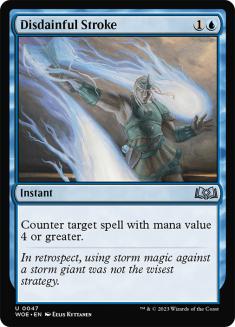

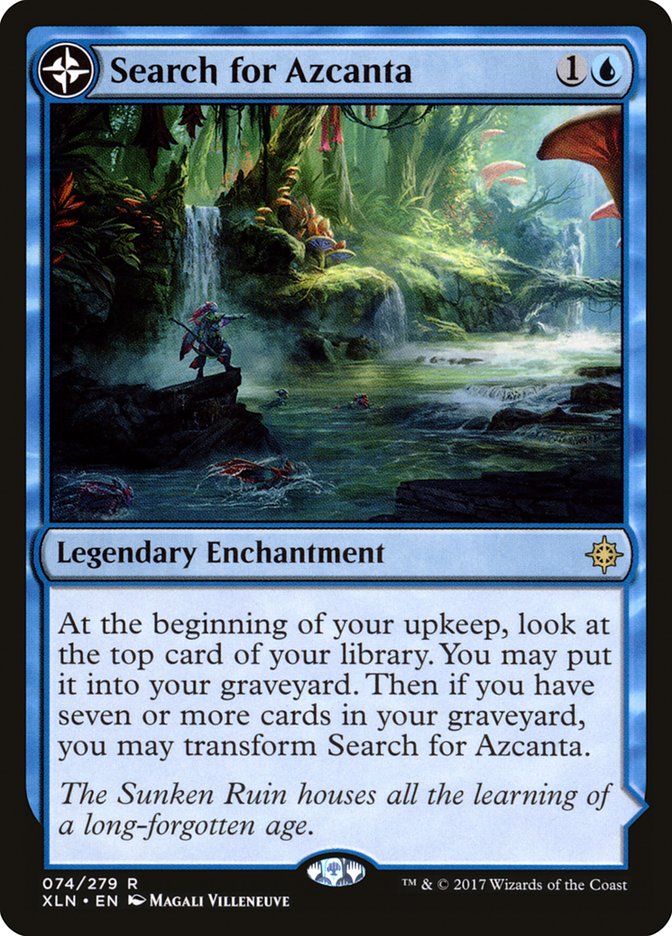

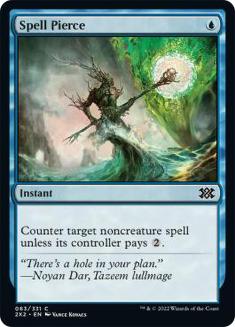
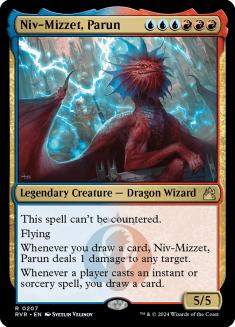

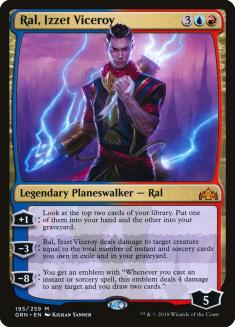

VS Mirror
Out:




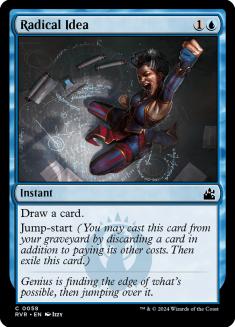

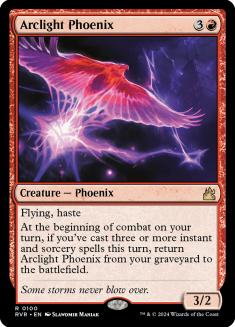


In:



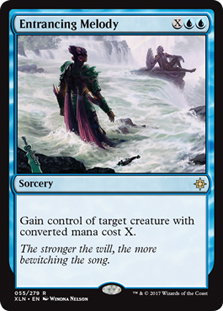


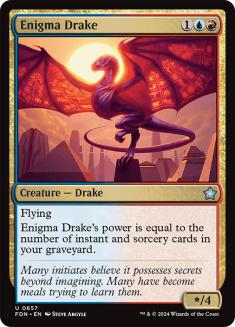


VS Golgari
Out:







In:







VS Go Wide Strategies
Out:












In:
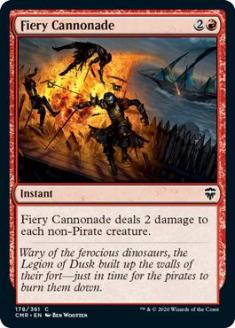











Izzet Phoenix is one of my favorite Standard decks in a long time. The
adaptability, both in-game and out, feels like something Standard has been
missing for a while now. I can’t wait to see how the deck continues to
evolve at Pro Tour Guilds of Ravnica.


